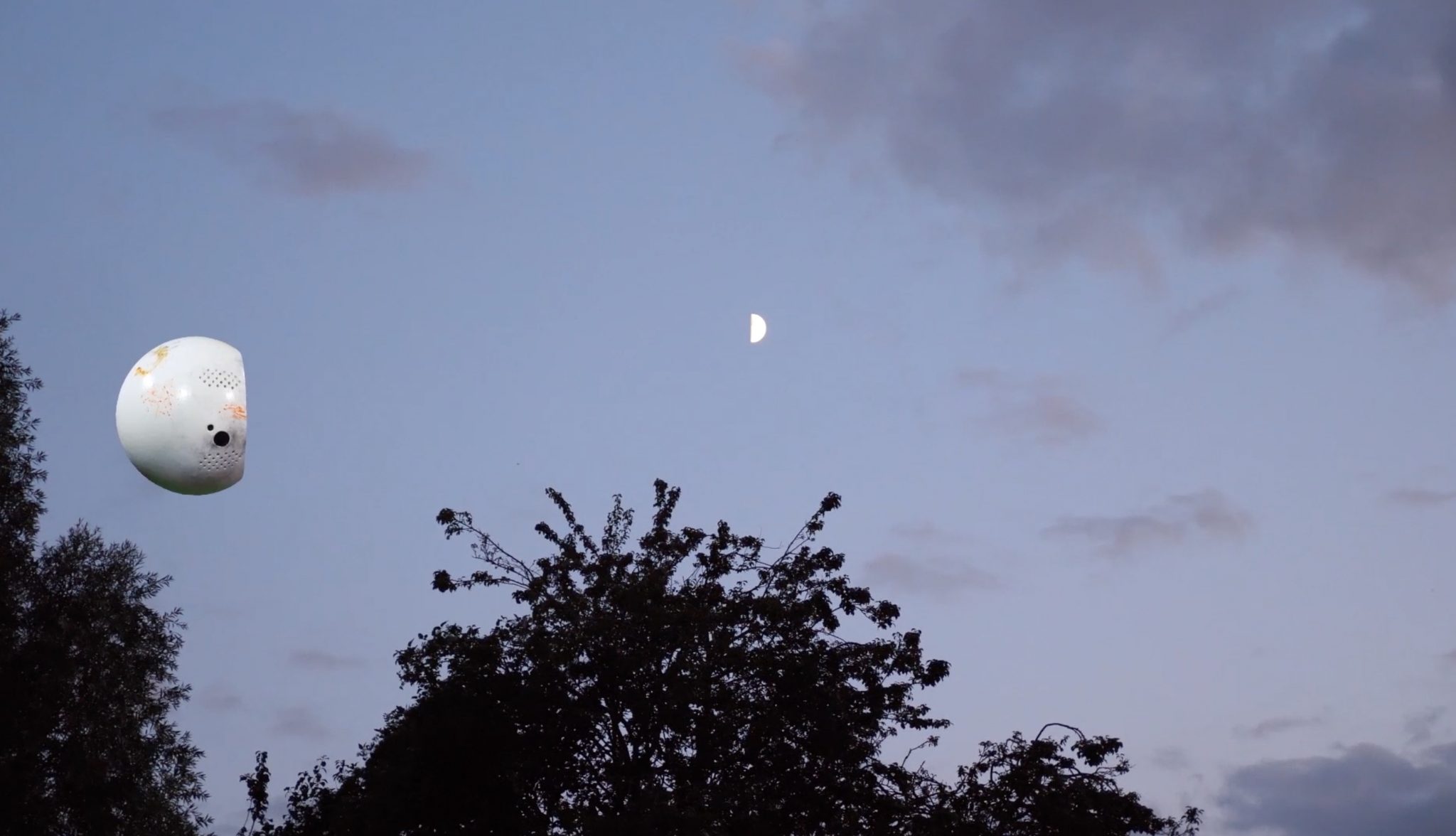“With meme warfare and the alt-right we see a reactionary mobilisation of fiction to influence reality”
‘Flee, but while fleeing, pick up a weapon,’ the philosopher Gilles Deleuze and radical psychiatrist Felix Guattari quipped in their 1980 book A Thousand Plateaus. It’s a potent image, suffused with an itinerant resourcefulness, and it allegorises their dissident philosophical project beautifully, suggesting that concepts aren’t necessarily inert things that we possess but resources we improvise in flight, like a cobblestone snatched hastily from the ground and concealed in a pocket before being put to future use.
By analogy, it’s tempting to see a similar ethos at play in the techniques of popular occultism, magic, witchcraft and esotericism, in which the tools and beliefs of alternative spiritualities are fashioned with a makeshift deftness in the spirit of occlusion and evasion from mainstream scrutiny, and through which new forms of syncretism and experiments in consciousness can emerge. Might we say that philosophical enquiry and magical reverie occasionally sip from the same dark wells of inspiration?
Simon O’Sullivan is a writer, artist and philosopher, who has negotiated in his work the strange hinterland between academic philosophy and the outer reaches of esoteric thought since the publication of his book Art Encounters Deleuze and Guattari in 2005. Richly theoretical while remaining fun and accessible, his writing often brings the French post-structuralism and anti-psychiatry of his eponymous influences into contact with a range of outré artworks and ideas; the mirror displacements of Robert Smithson, for example; the techno-poetics of jazz musician Sun Ra; or the future folklore of novelist Russell Hoban. All of which he repositions as ‘devices’, or ‘machines’, that could catalyse shifts in experience tantamount to psychedelic epiphany or creative evolution.
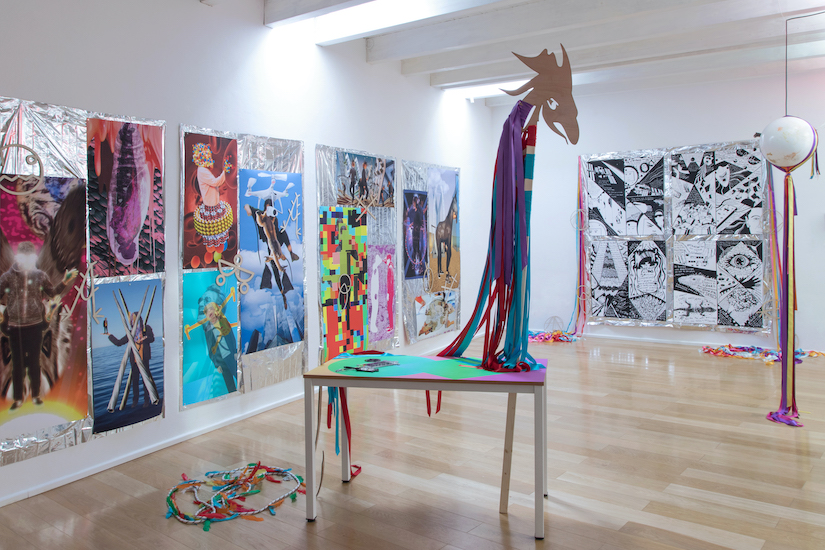
It’s a heady mix, and one consistently haunted by the artist Mike Kelley’s notion of a ‘Myth-Science’ (a concept Kelley developed in relation to the work of Swedish multimedia artist Öyvind Fahlströhm) that suggests an artistic practice could deconstruct dominant social myths and perhaps replace them with new myths and narratives. For O’Sullivan, this is deeply political work, and it resonates urgently in whatever crazy moment of ‘post-truth’ delirium we’re currently passing through, as evidenced by his 2019 book co-authored with artist David Burrows, Fictioning: The Myth-Functions of Contemporary Art and Philosophy. It’s the act of taking fabulation seriously, as both a strategy for calling new communities into being while remaining sceptical of the ways in which myth might be employed as a tool of deception, or, to use Mark Fisher’s increasingly relevant term, ‘reality management’. And it’s emblematic of O’Sullivan’s hybrid philosophical-occultism which carefully repositions artworks, ideas and countercultural histories as pathways for producing new subjectivities, new intensities of sensation and new opportunities for flight or resistance.
Drawing on the neuroscience of Thomas Metzinger and the nihilism of Ray Brassier to consider the fundamental ‘fiction of the self’, and set against a rapidly splintering political reality, his new book, From Magic and Myth Work To Care and Repair, reflects on dreaming as a method of creation, time circuits and temporal loops, teaching as a practice of care, and even the weird experience of roleplaying games. There’s a real deftness of thought here, and one that’s vitalised by its fluid movement between both artistic and theoretical resources, from the ‘cut-up’ literary exercises of William Burroughs to the experiments in fictional religion enacted by Thee Temple ov Psychick Youth through the 1980s. O’Sullivan wanders between disciplines and creeds like a kleptomaniac seeker. The result is a series of essays that are unified by their understanding of art-making as a ‘mythopoetic’ practice, an almost magical technology of identity formation that might be directed towards both self-discovery and communal responsibility.
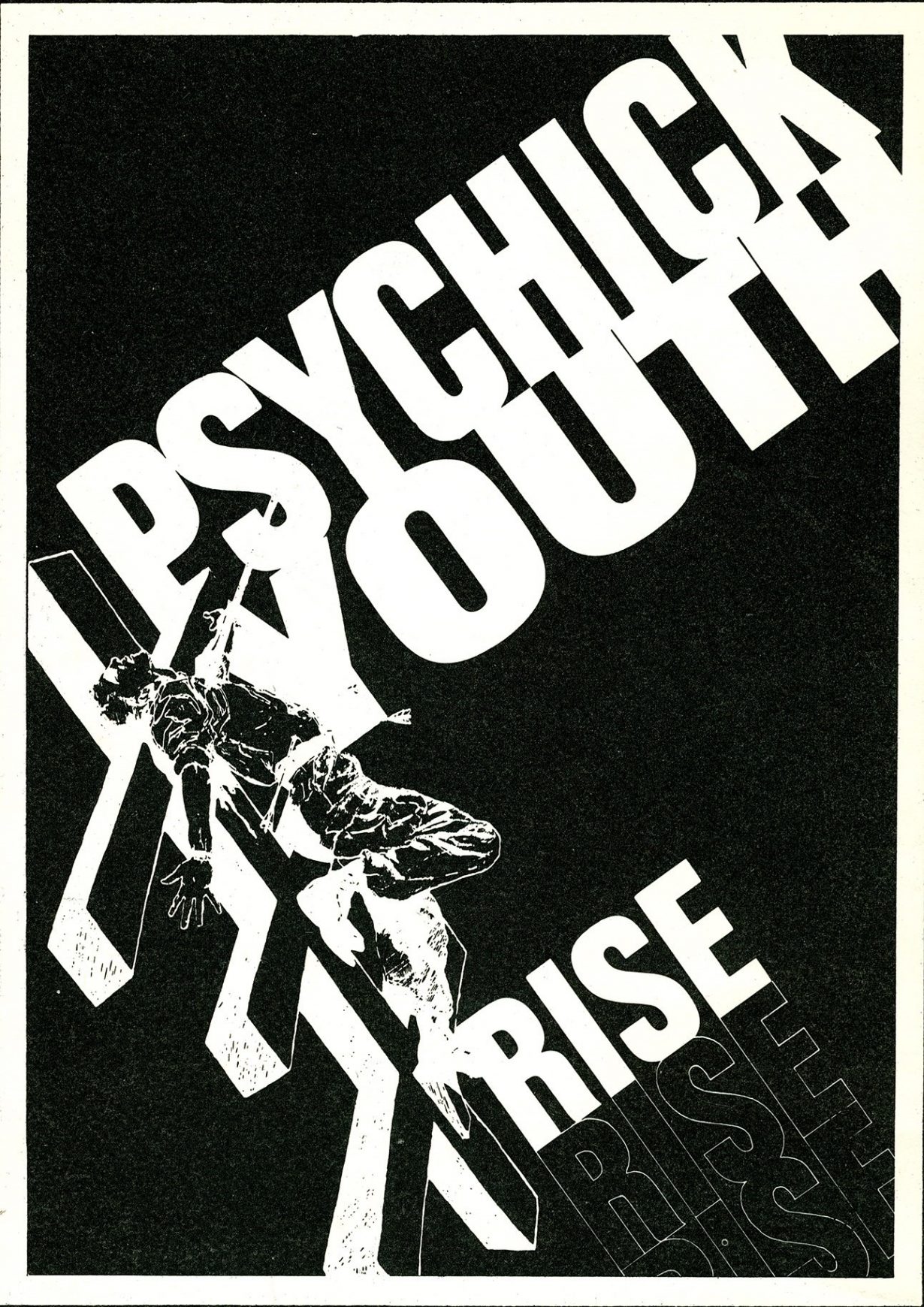
ArtReview The ‘fiction of the self’ is a seductive concept, and your new book positions experiences of creative practice – from exercises in performance art to expansive approaches to writing – as ‘devices’ that might catalyse a certain transformation of subjectivity. But you’re also cautious of the way that certain fictions of identity might be inscribed from elsewhere, as mechanisms of control, for example the fictions we inherit that fix our identities into restrictive categories class, gender, and race. Can you describe the intellectual history of this idea, what’s really at stake when we think of the self as a fiction that might be rewritten?
Simon O’Sullivan My interest in the ‘fiction of the self’ arises from a lived problem which concerns the impasses and anxieties of having a fixed sense of self. Put simply, the essays in the book often involve this idea that there are other fictions that can be ‘taken on’ or experimented with, and perhaps even more collective ones. The idea of the device as it’s played out in those essays concerns this idea of other fictions – other perspectives – which also means looking back and seeing more clearly the fiction, or fictions, one already necessarily inhabits. Often these other fictions are imposed, or not exactly imposed in every case, but certainly not authored by us. They’re fictions that we are born into, in a way.
How might we turn around and claim or ‘re-write’ some of these narratives (within limits, of course)? This is also one of the goals of psychoanalysis – ‘to become a cause of oneself’ – but also, in my understanding, of some magical practices (especially magick with a k). Both of these involve techniques and devices of self-determination (when this can also, paradoxically, involve self-surrender).
In terms of the intellectual history of this idea of the fiction of the self, well, it’s certainly there within avant-garde counter-cultural fiction, in the writings of William Burroughs for example, but it’s also a key idea in various neuroscientific accounts of ‘what’ the self is: an illusion or fiction behind which all sorts of other things are going on. It’s also a key idea in, for example, Buddhist accounts and practices. And then, as I think your question implies, there are the larger and more urgent implications of what a particular entrenched idea of the self allows but also stymies, especially when this is tied to an all-too human, white and cis-gendered male model.
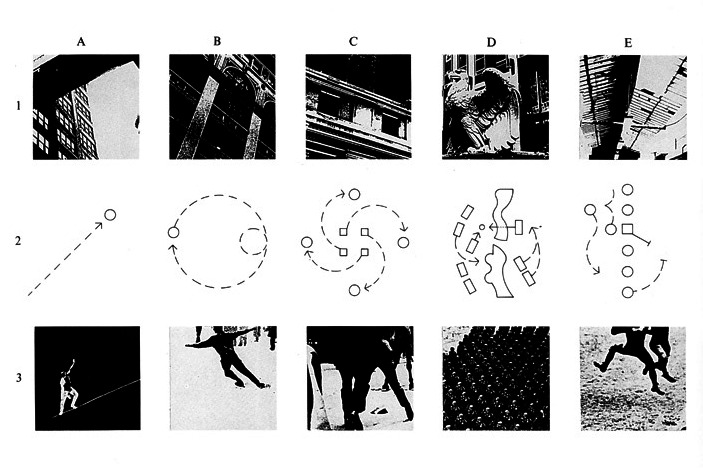
AR This concept of a protean identity is nested within a broader enquiry that sees real possibilities in the act of ‘fictioning’, a concept you’ve developed in collaboration with the artist David Burrows that tries to understand how fictions operate both within and upon the ‘real’. You channel some fascinating precedents here, from the mythopoetics of genre literature and the temporal dislocations of science fiction, through to the ‘hyperstition’ postulated by the Warwick-based Cybernetic Culture Research Unit in the 1990s that sought to understand how fictions might call new realities into being. What might a process of fictioning entail, and what uses might it be put to?
SO Yes, in many ways this recent collection of essays is a supplement to the collaboration with David. In that longer book this idea of fictions being materialised or enacted in the world was a central theme, alongside what we call the ‘myth-functions’ of art and philosophy. Fictioning also named the possibility of new kinds of social relation. We tracked across different terrains, moving, for example, from certain countercultural and twentieth century art practices to individuals like Sun Ra and his myth-science and on to what we called ‘mythotechnesis’, or the way in which human-machine collaborations were producing new possibilities. At stake was our hunch that fictioning was an important way of exploring and producing other worlds and ways of being from within this one.
This notion of fictioning has connections or resonances with others, for example Donna Haraway and her notion of ‘worlding’ or, as you say, the Ccru and their concept of hyperstition. Many of these same are also present in the recent book, although here I also look away from art to other scenes and practices, for example role playing games – which seem an interesting example of fictioning, especially in terms of mobilising imaginary landscapes and allowing experiments in agency. I also look to performance and how that can ‘summon a world’, as well as towards what I call ‘archaeofictioning’: those practices that turn to the past – with the use of residues but also the invention and construction of new props – so as to call forth a different future.
AR This interrogation of myth seems urgent when science fiction authors and artists are increasingly occupying the role of consultancies in a tech industry that continues to monopolise future imaginaries. It’s common these days to see a speculative novelist such as Chen Quifan co-author a book on artificial intelligence with Google engineer Kai Fu Lee, but it becomes disconcerting when we see genre stalwart Neal Stephenson working as a brand imagineer for Jeff Bezos’ space program. Such alignments suggest profitable intimacies between science fiction and industry, so I’m intrigued to know what ‘mythotechnesis’ might tell us about this moment?
SO Well, mythotechnesis might work as a name for the kinds of collaborations you mention between science fiction writing and technological advancement, but in our book it also refers to more radical couplings between human and machine that open up other kinds of future imaginaries, or what Guattari once called ‘universes of reference’. This is often the case when technology is utilised creatively and experimentally –- or, indeed, against its initial intended purpose, as can be the case in contemporary art practice. That said, the business of disentangling those forms of collaboration that serve corporate interests and those that, instead, open up horizons for other ways of being, is not always straightforward. There are grey zones that need to be negotiated. Crucial here is always to look to whose interests are being served. In my recent book myth operates more as a marker to gather ideas of performance, writing and landscape. Myth here relates to the enacting of different narratives and relations to the world including, crucially, the non-human. This often involves technology and also different props or other devices, as well as a turn to fiction as method and resource. Here the old adage that the ‘magician must first make his own tools’ is especially apposite.
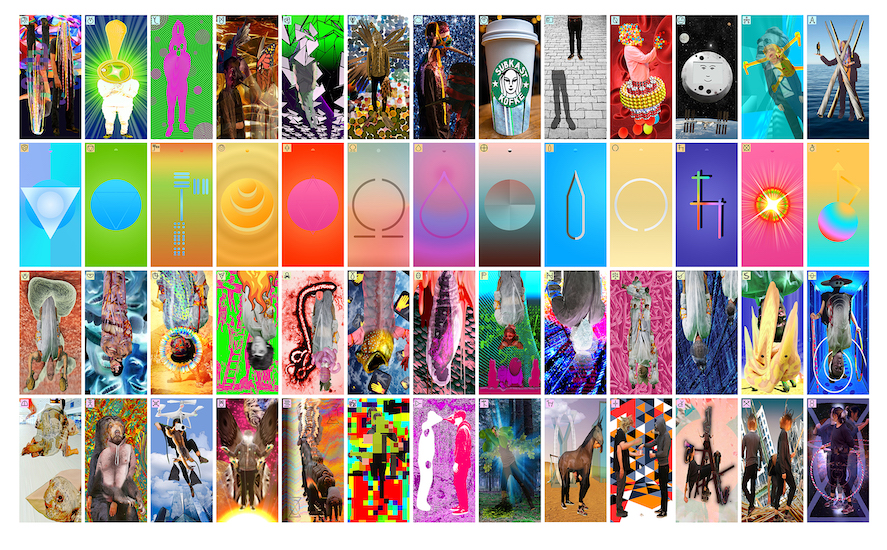
AR Your work is haunted by the residues of countercultural experimentation, but I wonder if the strange evolution of the ‘post-truth’ context complicates some of these legacies. In an era of pliable truths, what do we need to consider when thinking about art practices that distort or destabilise our sense of things through reality manipulation, hoax or tactical media?
SO This is a crucial question and, in fact, is one of the key reasons that David and I are working on a sequel to Fictioning. Certainly, when we wrote Fictioning there was less of an all pervasive ‘post-truth’ terrain. Things are now more complex. Is it then a question of recovering a truth behind or underneath the various manipulations – fictions – of different media presentations? Without a doubt this is important work: to be able to understand what’s really happening.
There is also a sense in which these fictions need engaging with on their own terrain, as it were. We did write about some of this in Fictioning in relation to meme warfare and the alt-right, but in our next book we will also look more affirmatively at this area and especially how fictioning practices can play a role in the production of different and diverse communities. So, in many ways, this will involve a turn from some of the more individual practices of our previous book to look at collectives and, again, scenes. With meme warfare and the alt-right we see a reactionary mobilisation of fiction to influence reality. We need to be aware of these techniques of manipulation and their afterlives, but also generate other practices of fictioning on this terrain, practices that support difference and diversity.
Part of that work – to return to your comment about devices – is to look at the relationship between different communities, landscapes and devices and, indeed, what the role of fictioning is here. To return to my own recent book, well, it concerns these fictioning devices too and the way they can foreground other realities from within this one – or even allow a kind of time looping to be performed. It’s also important to understand that these practices can be ones of care and repair. This is an area that it seems to me urgent to consider, not least because of our post-truth context and what this means for our survival.
From Magic And Myth Work To Care And Repair by Simon O’Sullivan (Goldsmiths Press) is out now
